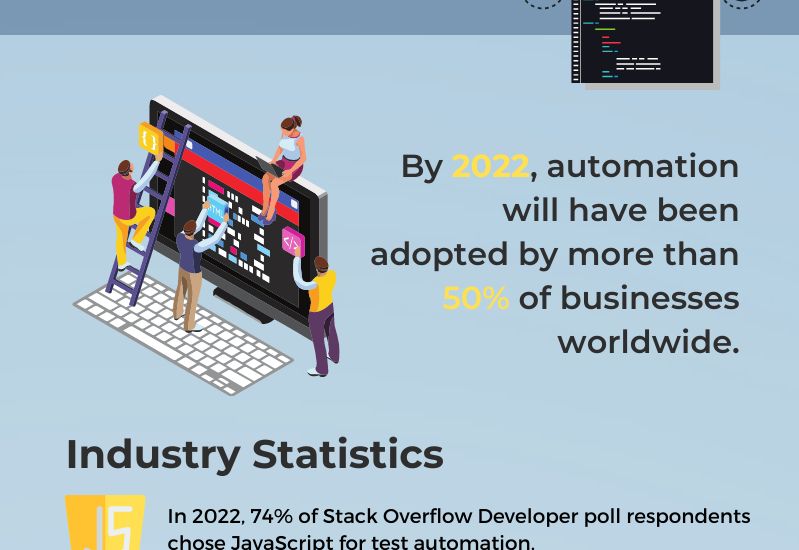
Go Lang – Why Use Go Lang
Go is fast rising in the ranks as an easy-to-use and fast programming language. Presently, over one million professional developers worldwide use Go as their primary language, and this number will most likely increase in the coming years. Also, in my previous article, “It’s Time to Go!” I mentioned how this language is becoming increasingly popular among programmers, especially when developing SaaS solutions that need to be super scalable.
In this article, I will cover some of Go’s unique features that make it stand out from the other languages.
1. Easy to Learn and Simple to Use
Go’s simplicity is perhaps one of its top features. It is designed using simple and clear syntax, making it easy for any new or experienced developer to learn and master. In fact, if you have previous Java or C experience, you’ll definitely have no issues learning and working with Go. The simplicity of the language allows you to write your own code and also be easy to read other developers’ code more easily than other languages.
2. Go is Fast
Go is faster than most programming languages because it is already compiled and directly translated into machine code. It doesn’t require using other third-party apps or intermediary processes like some other languages do.
In addition, Go binary files are usually smaller in size, making for faster loading time and improved performance. This speed ensures that an application written in this language can be developed very quickly.
3. Rich Support for Concurrency
While most mainstream programming languages have concurrency support as an additional feature, Go has concurrency support built-in. Golang has Goroutines that take up as little as 2kB of memory. A goroutine is basically a function capable of running concurrently with other functions. This modern attribute of Go boosts performance by taking advantage of multiple processing cores. More so, Go’s API support helps programmers implement parallel algorithms very efficiently.
Essentially, Go makes it possible for basic functions to run simultaneously and independently. Unlike Java threads that consume large amounts of memory, Go routines require much less RAM, thus lowering the risk of crashing due to lack of memory. Even the most complex project can be quickly built and worked on efficiently with Go.
4. Active Developer Community
Go is a simple language to learn and use, making it attractive to many developers. To help support both the active and future developers, the language has a constructive and inclusive social network for software developers who share their knowledge, experience, and projects with each other. Having a strong and active developer community ensures that support is always available for any issues faced during the development process.
5. Great Error Checking Feature
This feature is quite useful because it can help developers figure out whether or not the code will work before compilation. Personally, I think this feature is great because it reduces the time and energy you’d have otherwise used to look for and correct errors.
6. Comprehensive Tool Kit
Some programming languages lack tools to support development. However, this is not the case with Golang. The language has a native toolkit that consists of various instruments that make it easy to work. One of the tools, “go fmt,” helps standardize your code. Another is “go vet,” which can find mistakes in your code. Automated creation of documentation is executed with the “godoc” command, which can find all necessary comments to create a tutorial for a program;
The language also offers lots of development tools that are readily available as plugins, editors, or IDE, and they’re all available for download from a Go repository.
Conclusion
Go is a language for the modern age, more suited for the environment where most of us find ourselves. It is a multi-purpose language with flexibility and speed, allowing you to get more work done easily.
Are you on the “Go”? Let’s hear about your journey in the comments.





